Gamification in Learning
Introduction
Gamification in learning is the application of game-design elements and game principles in non-game contexts such as education. This approach aims to improve user engagement, organizational productivity, learning, and more. It is a growing trend in many sectors, but particularly in education where it has been used to enhance student engagement and improve learning outcomes.
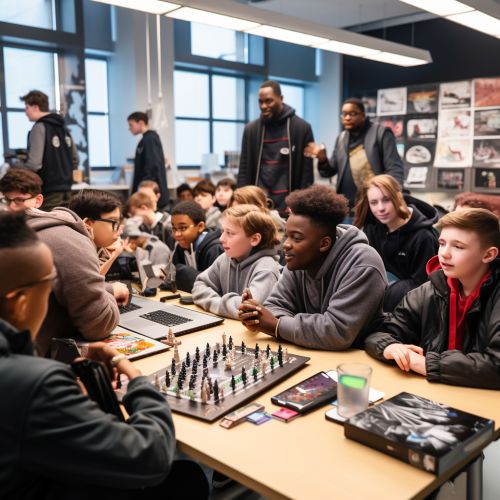
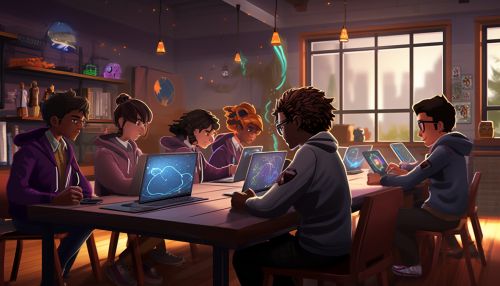
History of Gamification in Learning
The concept of gamification in learning is not new. It can be traced back to the early 20th century when educators began using games and play to teach complex concepts. However, the term "gamification" was only coined in the digital media industry in 2002. The term gained popularity in 2010 when companies started to incorporate game mechanics into their products and services to increase user engagement.
Theoretical Framework
The theoretical framework of gamification in learning is rooted in several psychological theories. These include Self-Determination Theory (SDT), Flow Theory, and Operant Conditioning.
Self-Determination Theory
Self-Determination Theory posits that people are motivated to grow and change by three innate and universal psychological needs. These are competence, autonomy, and relatedness. Gamification taps into these needs by providing learners with challenges that they can overcome (competence), choices they can make (autonomy), and a sense of connection with others (relatedness).
Flow Theory
Flow Theory, proposed by Mihály Csíkszentmihályi, describes a state of complete immersion in an activity. Gamification aims to create this state of flow in learners by providing engaging and challenging activities that match their skill level.
Operant Conditioning
Operant Conditioning, a theory developed by B.F. Skinner, involves learning through rewards and punishments. Gamification uses this principle by providing rewards (such as points, badges, or levels) for desired behaviors and withholding rewards for undesired behaviors.
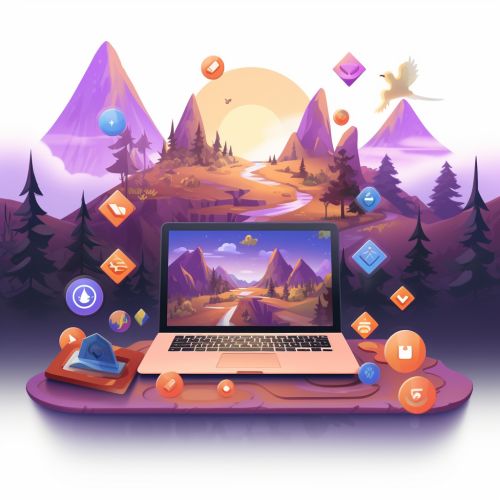
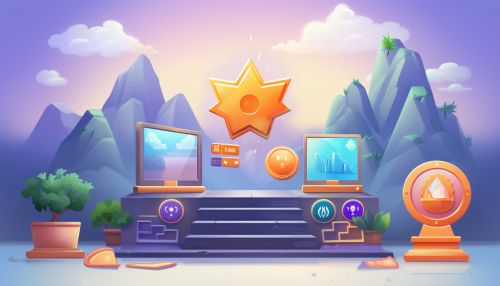
Gamification Elements in Learning
Gamification in learning involves the use of various game elements. These include points, badges, leaderboards, levels, quests, and feedback. These elements are used to motivate and engage learners, and to make learning more enjoyable and effective.
Points
Points are the most basic form of reward in gamified learning environments. They are used to keep score and can be earned by completing tasks, achieving goals, or demonstrating knowledge or skills.
Badges
Badges are used to represent achievements. They are visual representations of mastery or accomplishment, and they serve as a form of recognition for the learner's efforts.
Leaderboards
Leaderboards rank players based on their achievements or points. They introduce a competitive element into the learning environment, motivating learners to improve their performance.
Levels
Levels indicate a learner's progress. As learners complete tasks and achieve goals, they move up to higher levels, which often come with increased challenges and rewards.
Quests
Quests are tasks or challenges that learners must complete. They provide a sense of purpose and direction, and they often involve problem-solving or critical thinking skills.
Feedback
Feedback is an essential element of gamified learning. It provides learners with information about their performance, helping them understand what they are doing well and where they need to improve.
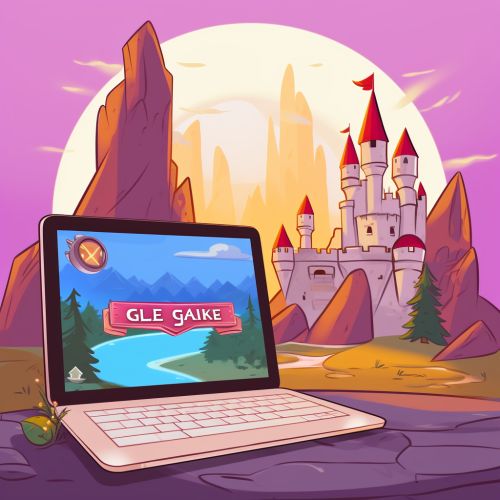
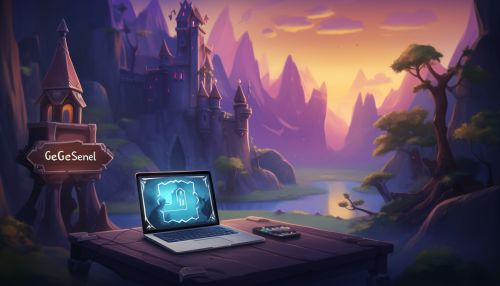
Benefits of Gamification in Learning
Research has shown that gamification in learning can have several benefits. These include increased motivation, improved engagement, enhanced learning outcomes, and the development of 21st-century skills.
Increased Motivation
Gamification can increase motivation by making learning more enjoyable. The use of game elements such as points, badges, and leaderboards can create a sense of competition and achievement, which can motivate learners to engage with the material.
Improved Engagement
Gamification can improve engagement by making learning more interactive. The use of quests, levels, and feedback can create a more immersive learning experience, which can keep learners engaged and focused.
Enhanced Learning Outcomes
Gamification can enhance learning outcomes by making learning more active. The use of challenges, problem-solving tasks, and immediate feedback can promote deeper learning and better retention of information.
Development of 21st Century Skills
Gamification can help develop 21st-century skills such as critical thinking, problem-solving, collaboration, and digital literacy. These skills are essential for success in today's digital age.
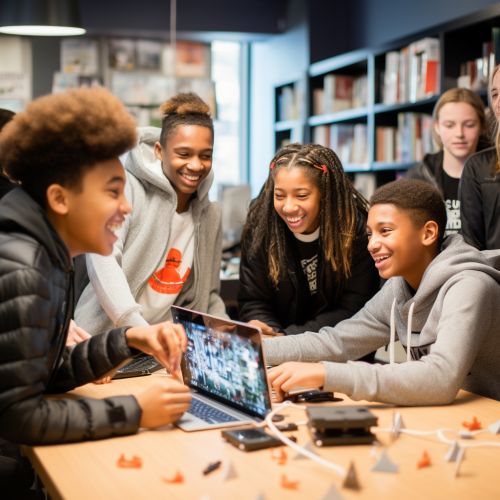

Challenges and Criticisms of Gamification in Learning
While gamification in learning has many benefits, it also has its challenges and criticisms. These include the risk of overemphasis on competition, the potential for superficial learning, and the need for careful design and implementation.
Overemphasis on Competition
One criticism of gamification in learning is that it can overemphasize competition. While competition can motivate some learners, it can also demotivate others, particularly those who are not as competitive or who struggle to keep up with their peers.
Potential for Superficial Learning
Another criticism of gamification is that it can lead to superficial learning. If learners are focused solely on earning points or badges, they may not engage deeply with the material, resulting in superficial understanding.
Need for Careful Design and Implementation
Gamification in learning requires careful design and implementation. Poorly designed gamification can lead to frustration, disengagement, and negative learning experiences. It is crucial to ensure that the game elements are aligned with the learning objectives and that they support, rather than distract from, the learning process.
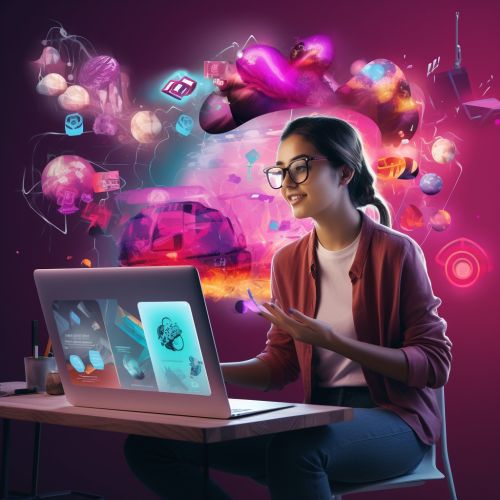
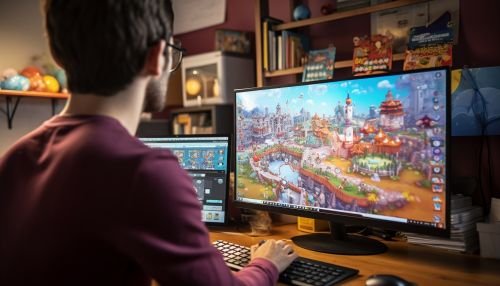
Conclusion
Gamification in learning is a powerful tool that can enhance motivation, engagement, and learning outcomes. However, it is not a one-size-fits-all solution. It requires careful design and implementation, and it should be used as part of a balanced approach to learning that includes other pedagogical strategies. Despite its challenges, when used effectively, gamification in learning has the potential to transform the learning experience and prepare learners for success in the 21st century.
